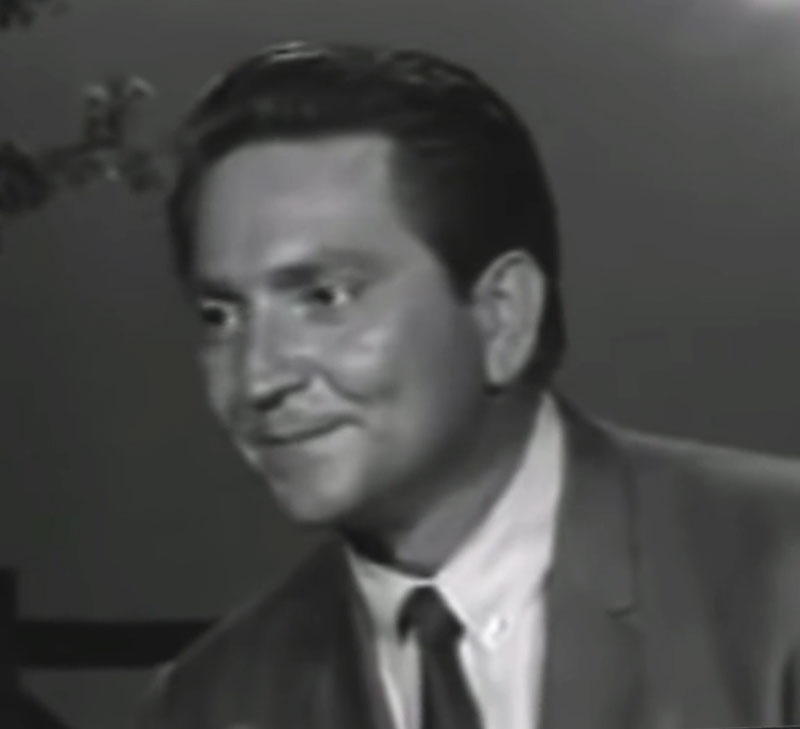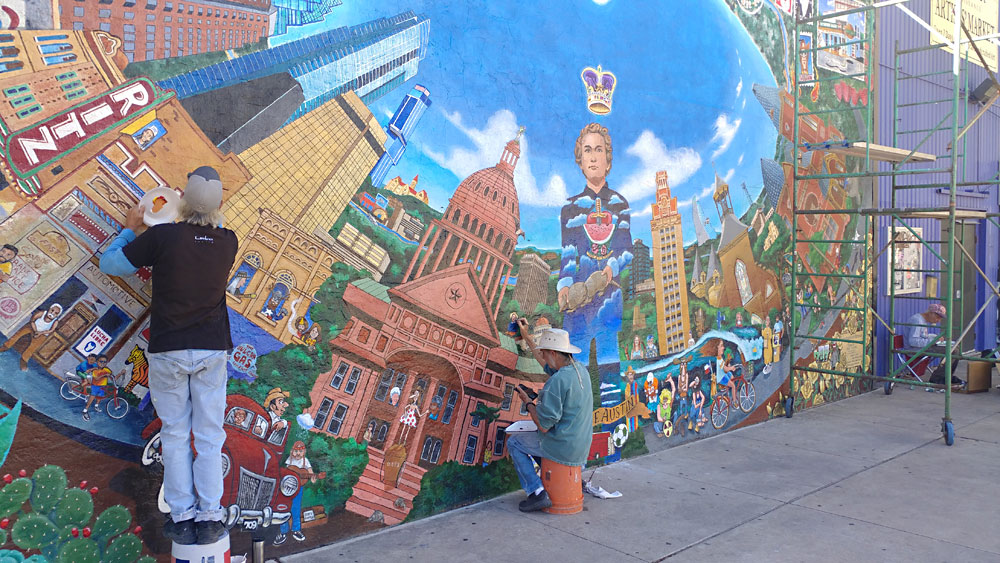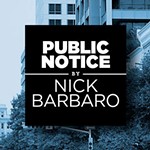Public Notice: Echoes of History
From the 23rd Street Mural to the Police Academy, in only 50 years
By Nick Barbaro, Fri., March 31, 2023
When I moved to Austin in the summer of 1975, the 23rd Street Mural was already there, on the wall behind the bustling rows of drag vendors – had been there forever as far as I knew, though it had been painted just two years earlier. Folks said I'd already missed the really cool times, the days of the Vulcan Gas Co. and the One Knite, but it was pretty heady times anyway. Pot was cheap and peyote was plentiful. Our two-bedroom house not far from the Elisabet Ney Museum cost $125 per month (a little under $700 in today's dollars).
Austin's "hippie mayor," Jeff Friedman, had just been elected, succeeding Roy Butler, an icon of the right-wing establishment; that put us up there with Berkeley and Ann Arbor in terms of radical city government. I missed the Roy Butler years, but friends who had been here longer were not fans. "Butler was a strong advocate of law enforcement," reads his Wikipedia bio, blandly. He also brought us MoPac and the South Texas Nuclear Project, and his development proposals kick-started both modern Downtown and, in reaction, the Austin environmental movement – sitting in trees in front of bulldozers and the like. One guy I knew would get drunk every few weekends and go paint obscene graffiti on the walls surrounding Butler's Tarrytown estate; he was arrested for it at least three times. Ah, good times.

As Mike Kleinman puts it in one of the videos in the interactive exhibit put together for the mural's 50th anniversary, "It was a special time in music. It was a special time in art. It was a special time of living together. And it's always going to live through the representation of the mural." And the interactive version – with explications of everything from the birth of the armadillo zeitgeist in 1968 to how Willie Nelson's "Blue Eyes Crying in the Rain" transformed country music (as told by the very great Joe Nick Patoski) to God Nose, the world's first underground comic (literally so: It was printed clandestinely on a copier in the Capitol basement) – adds a lot of context to it. Kleinman's Phogg Foundation has put up the bulk of the money for the mural's restorations, and he has hopes of reviving the marketplace that used to thrive there as well. Because the mural project is about the present as much as it is about the past. Or as Kleinman puts it, "Austin didn't just happen out of nowhere. How it is today has a history."
Indeed it does, and the original artists were fully conscious of a sense of history. The central figure, Stephen F. Austin, is modeled after an Elisabet Ney sculpture down at the Capitol, and Ney's Hyde Park museum is on the mural. So is the historic Gethsemane Lutheran Church, which now houses the Texas Historical Commission, and the old Butler mansion (no relation to Roy) on the corner of 11th and Guadalupe, which had been controversially torn down in 1971. "Even at the beginning, we wanted to show the vanishing side of Austin," says muralist Tommy Bee. Austin in 1973 was a product of what had happened before then.
So flash forward 50 years – a full half-century – and so much has changed, but a lot is still the same. Some of the new stuff is on the mural: the Frost Tower and the "Jenga building" have joined the skyline, and Hank Hill and Matthew McConaughey have joined the cast of characters, but they blend pretty seamlessly with what was there before. And we have a new mayor and a strikingly activist City Council, much as we did in the mid-1970s. And across town, Roy Butler lives on in his namesake, the Austin Police Department's Roy Butler Police Training Academy, which stands accused of being stuck in policing methods from the last century, and whose troubles are the subject of one half of our cover package this week. "How it is today has a history."
The original Austintatious muralists, Kerry Awn, Rick Turner, and Tommy B., have refurbished the mural several times over the years, finishing the latest version with some new additions a few months ago. All three of them will be here for the official 50th anniversary dedication ceremony this Saturday, April Fools' Day, at noon, with the party continuing that evening at TexPopATX, behind the Planet K at 1516 S. Lamar, with music from the Uranium Savages, "the band too dumb to die," at 7:09pm sharp.
For more information about any of the names in bold throughout this article, check out the interactive 23rd Street Mural put together by Mike Woolf and Beef & Pie Productions at 23rdstreetmural.webflow.io.
Got something to say on the subject? Send a letter to the editor.










